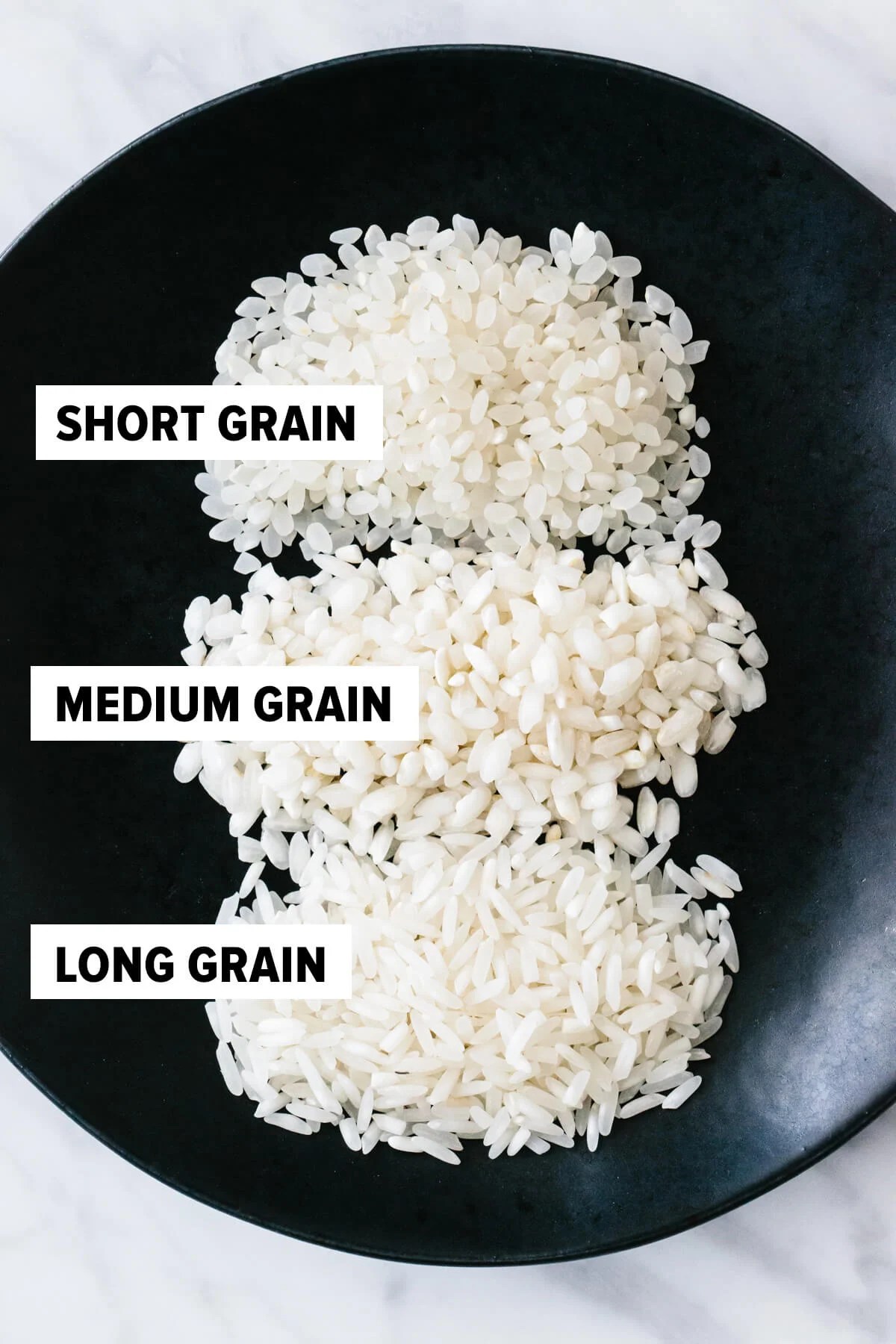
Des Moines, or pepper squash, is another name for Acorn squash. It has sweet flesh inside and has longitudinal ridges. Though it is a winter squash, it belongs to the same species as summer squashes. You can make squashes more delicious if you are a fan of eating them. These are some ways to make acorn squash tasty and nutritious. It can be substituted for starchy vegetables.
Microwave cooking of acorn squash
You've likely heard of the ease of microwaving acorn squash. The best part about cooking this type squash is its simplicity. You only need to follow a few steps. Cut the acorn squash in half along its length, remove the seeds and rinse it. Season the squash with salt and pepper, and place it on a microwave-safe plate. Acorn squash can be mashed and peeled by microwaving. To make it easier to peel and mash, add some butter, a little sugar, and a sprinkle of salt.
You should choose an acorn pumpkin with a smooth outer skin and dense flesh before you microwave it. Acorn squash can be purchased in varying sizes - from one to three pounds - and the bigger the squash, the longer it will take. If in doubt, you can cut the squash vertically with a good chef's or kitchen knife to keep the stem from breaking. After cutting the acorn squash, pull apart the pieces with your hands.

Use acorn squash to replace other starchy veggies
There are many advantages to using acorn squash in place of starchy vegetables in your diet. Acorn squash is high-in fiber, vitamin A, C, potassium and magnesium. Roasting it is the most delicious way to serve this versatile vegetable. You can stuff it with quinoa and pumpkin seeds or even cheese. Acorn squash is a great choice for sweet and savory recipes, unlike potatoes.
Carotenoids are powerful antioxidants found in Acorn squash. They are plant pigments called carotenoids. Acorn squash is especially high in alpha-carotene, which may protect against certain types of cancer and mental decline. It is also rich in vitamin C, soluble and insoluble fibre, which helps regulate blood sugar and promote regular bowel movements. It is versatile and delicious.
Acorn squash can have health benefits
Vitamin C is a key component of the Acorn Squash, which is essential for cancer treatment. This mineral acts a "targeting ingredient", meaning that it aids in the killing of cancer cells. Vitamin C can also be used to treat ovarian or lung cancers. The skin stays smooth and glowing by promoting the growth of collagen with the help of Acorn squash.

Acorn squash has fibre. This is a type dietary fibre that helps control blood sugar and cholesterol. A half-cup serving of this winter squash provides more than three grams of fibre compared to half a cup of cooked oat bran. Adults require 38g of fiber daily while older people need 30g. People who are on a low carb diet need to consume soluble fiber such as acorn squash.
FAQ
Where can you buy high quality kitchen equipment
High-quality kitchen equipment can be purchased online. There are many websites where you can shop for all kitchen tools. You should read user reviews and ratings before purchasing any kitchen tools. If you have similar items to purchase, ask your friends and family if they would recommend them.
What are some of the benefits of using slow cookers?
Slow cookers are useful because they can make delicious meals in a fraction of the time. Slow cooker recipes require less oil or fat than traditional recipes, making them healthier. Also, slow cooker recipes are easy to use because they do all the work while you sleep.
How do I learn about cooking and baking?
There are many cooking classes available all over the country. Many schools offer classes in baking, pastry, wine tasting, and more. You can learn more about how to cook by enrolling in a class at either a local vocational school or community college.
Can I learn to cook with my kids?
Yes! Kids love to help in the kitchen. It's fun and teaches kids responsibility as well as teamwork. The whole process can be done by children, including washing and chopping vegetables. If your children follow safe practices when handling knives, they will enjoy helping you cook.
Statistics
- under 10 Kids have been taught that there is special food just for them, and Fiese says that 10 percent of kids will throw a tantrum if they don't get the food they want. (washingtonpost.com)
- In the United States, the category is estimated at $23.2 billion annually and is growing faster than the market. (washingtonpost.com)
- On average, chefs earn $58,740 a year, according to the BLS. - learnhowtobecome.org
External Links
How To
How to cook a steak
The thickness of any meat will dictate the cooking method. Thicker steaks, for example, are better cooked at low heat while thicker steaks require higher temperatures.
You should also ensure you don't overcook them because they'll lose flavor. Remember to take your steak out of the oven when it's done. You won't burn.
Cooking times will vary depending on how large the steak is and what degree of doneness you desire. Here are some guidelines to help you get started:
Medium Rare: Cook until medium-rare, which is when the internal temperature reaches at least 145degF (63degC). This should take between 3 and 5 min per side.
Medium: Cook until medium, which means the internal temp reaches 160degF (71degC). This normally takes around 6 minutes per side.
When done well, cook until the internal temperatures reach 180°F (82°C). This normally takes 8 to 12 minutes per side.